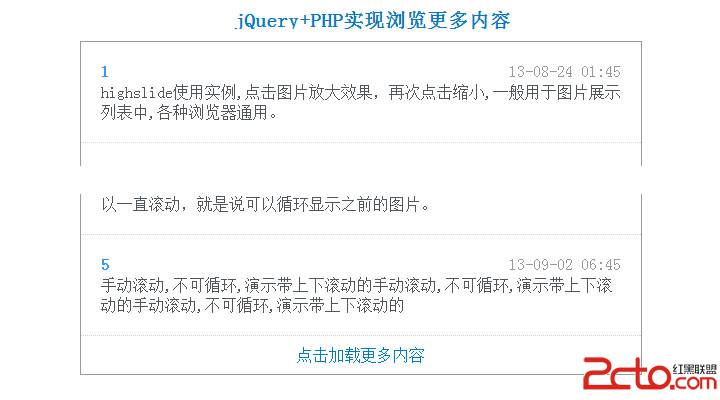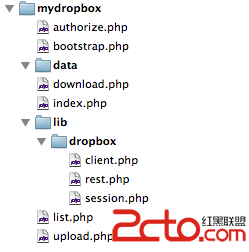PHP框架三(视图)
这个视图文件非常简单。主要利用的就是ob_start() ,ob_get_content();这个文件位于includes文件夹内
view.php
[php]
<?php
class view{
//视图类型 default / wap
public static $view_type = null;
public function __construct(){
ob_start();
}
public function finish(){
$content = ob_get_contents();
return $content;
}
public static function set_view_type(){
switch(true){
case stripos($_SERVER['HTTP_USER_AGENT'], 'Windows CE') !== FALSE : self::$view_type = 'wap'; break;
default : self::$view_type = 'default';
}
}
public static function show($location , $param = array()){
if(is_null(self::$view_type)){
self::set_view_type();
}
$view = SIMPLE_PATH . '/view/' . self::$view_type . '/' . $location;
extract($param, EXTR_OVERWRITE);
ob_start();
file_exists($view) ? require $view : exit($view . ' 不存在');
$content = ob_get_contents();
return $content;
}
}
对于OB函数,我们可以简单地认为,在PHP编译之后,它不会立刻返回到页面,而是先放到缓冲区。
上述视图只是做了一个简单的实现,如果我们要扩展它,可以完善set_view_type()方法,也可以增加缓存,还可以增加模板的支持。
具体实现我会在以后的章节加上,今天我们试着使用一下这个VIEW。
还是昨天controller文件夹下的index.php 文件
[php]
<?php
class index{
public function demo(){
view::show('index.htm' , array('message' => 'HELLO WORLD'));
}
}
然后再在view文件夹内新建一个default文件夹,再在新建一个index.htm
[html]
<html>
<head>
<title></title>
</head>
<body>
<?php
echo $message;
?>
</body>
</html>
我们运行站点,便可以看到结果,“HELLO WORLD”。
我觉得这个结果,便是每个程序员对新的思想的一种见证。www.zzzyk.com
如果在这个文件中,你还想插入头部,或尾部,只要再新建一个head.htm。然后再在index.htm中加入
[html]
<html>
<head>
<title></title>
</head>
<body>
<?php
echo $message;
view::show('head.htm');
?>
</body>
</html>
就可以实现公共部分的加入了。
至此,我们这个小型的视图类就实现了。
大家可自行去实验,如果不行,我们再交流。
作者:tomyjohn
补充:Web开发 , php ,




